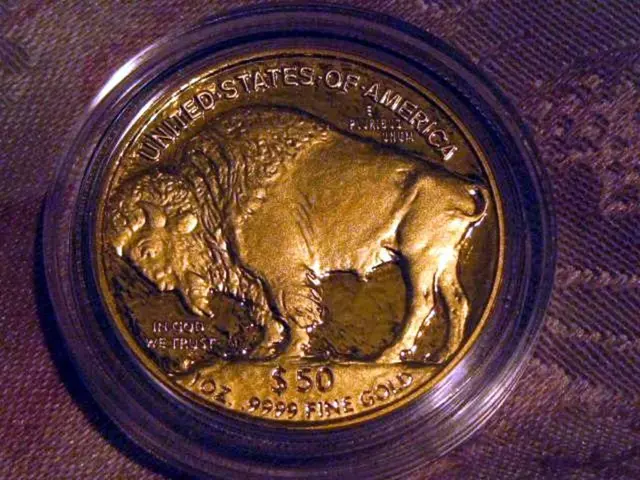Year of a Nine-Month Shrinking: 1940's Enigmatic Condensation in Thailand
Thailand Shifts to Nine-Month Calendar Year in 1940
In an unprecedented move, Thailand inaugurated the year 2483 BE, in 1940, with an unusual duracion - just nine months. The year commenced on April 1 as customary but concluded on December 31.
The resolution, instigated for modernization purposes, did not stem from any catastrophic event or military disruption; rather, it was a conscious attempt to adapt to international standards, as reported by the Thai Parliament Museum.
Over centuries, Thailand had adhered to celebrating the New Year on April 1, a tradition deeply intertwined with seasonal and cultural cadences. However, Western influence and globalization by the late 1930s catalyzed a reconsideration, prompting Prime Minister Field Marshal Plaek Phibunsongkhram's pursuit of national reforms.
On September 6, 1940, the Thai Cabinet enacted the 2483 Calendar Years Act, establishing January 1 as the new year's start, effective from 1941. To effectuate this change, the current year was shortened by three months - effectively skipping the January to March 2484 BE quarter - leaving the 1940 year with a truncated grip of nine months.
This adjustment, sans any natural calamity or war, represented a carefully planned modernization and synchronization of Thailand's calendar system with global norms.
Phibunsongkhram's administration, eminent for nationalist policies, spearheaded other reforms during that period, including mending Siam's nomenclature to Thailand in 1939, imposing dress codes, and promoting a uniform identity. Calendar standardization conformed to this broader drive of modernizing and internationalizing Thai governance.
Today, Thailand maintains the New Year commemoration on January 1, concurrently retaining the Buddhist calendar.
The little-known episode underscores Thailand's historical commitment to modernization and adaptation to global trends while preserving its roots and traditions.
Related
- Thailand: More than a Destination, a Way of Life for Millions
- Kulap Saipradit: The Pen that Challenged Power
- Italian Companies Strengthen Food Business Partnerships in Thailand at THAIFEX 2025
[1] Calendar Year Act of 1940: A Leap in Time for Thailand. (2021, May 14). ExploringThailandHistory. Retrieved March 25, 2023, from https://exploringthailandhistory.com/2021/05/14/calendar-year-act-of-1940/
[2] Krystal, Y. (2015, June 16). The Forgotten Nine-Month Calendar Year of Thailand: 1940. The Thaiger. Retrieved March 25, 2023, from https://thethaiger.com/history/forgotten-nine-month-calendar-year-of-thailand-1940
[3] Field Marshal Phibun and the Making of Modern Thailand. (n.d.). Asian Civilisations Museum. Retrieved March 25, 2023, from https://www.acm.org.sg/content/exhibition/-/media/AcmsContent/Services/Outreach/Exhibitions/Online/field-marshal-phibun---the-making-of-modern-thailand/Field-Marshal-Phibun---the-Making-of-Modern-Thailand---Website.ashx
[4] Thailand Fact Sheet. (2017). Library of Congress Country Studies. Retrieved March 25, 2023, from https://lcweb2.loc.gov/frd/cs/tbtoc.html
[5] Phibun's Modernization. (n.d.). National Archives of Thailand. Retrieved March 25, 2023, from https://www.nationalarchives.go.th/show.php?id=4022&lang=en
- The decreased duration of Thailand's calendar year in 1940 was an outcome of a strategic modernization process, aiming to align with international standards, as evidenced by the researchers at the Thai Parliament Museum.
- The business sector and stock market worldwide were not directly affected by this unusual nine-month calendar year, but the event symbolized the broader drive towards internationalization, as discussed in the article "Calendar Year Act of 1940: A Leap in Time for Thailand."
- Tourism, particularly the travel industry, may find the unique nine-month calendar year in 1940 intriguing, offering an interesting talking point for socio-cultural discourses on general-news platforms.
- Immersion in Thailand's history and culture reveals the nation's resistance to maintaining its age-old traditions while embracing contemporary changes, successfully balancing the forces of modernization and preservation, as observed in the Thai Fact Sheet by the Library of Congress Country Studies.








